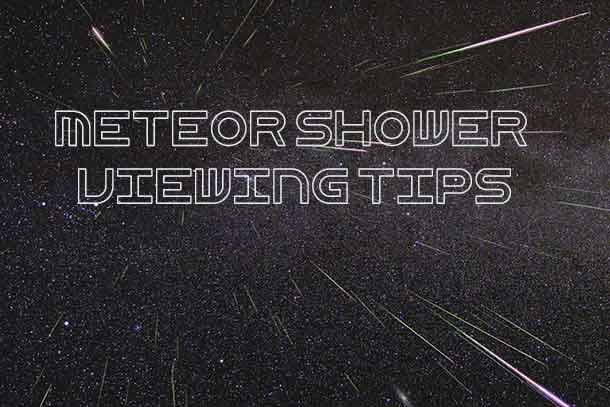What is a Meteor Shower?
Imagine you’re sitting outside on a dark night, wrapped up in a warm blanket, and all of a sudden, you see a flash of light streak across the sky. That’s a shooting star! But did you know that sometimes, you can see many shooting stars in one night? That’s called a meteor shower, and it’s one of the most magical light shows you can watch in the night sky.
Meteors, or “shooting stars,” are tiny bits of dust and rock that burn up as they zoom through Earth’s atmosphere. When the Earth passes through a trail of this space dust left by a comet, we get a meteor shower. It’s like the Earth is moving through a snowstorm of tiny space rocks!
When Can We See Meteor Showers?
Now you might be wondering, when can we see these magical meteor showers? The good news is that there are many meteor showers throughout the year that you can watch. Here are some of the major ones we can see in Canada and the United States in 2023 and 2024:
- Perseids: This meteor shower is best seen in the Northern Hemisphere on August 12-13, 2023.
- Draconids: Best seen in the Northern Hemisphere on October 8-9, 2023.
- Orionids: This meteor shower can be seen from both hemispheres on October 21-22, 2023.
- Leonids: You can see this meteor shower from both hemispheres on November 17-18, 2023.
- Geminids: This meteor shower is visible from both hemispheres on December 14-15, 2023.
- Ursids: Best seen in the Northern Hemisphere on December 22-23, 2023.
- Quadrantids: This meteor shower is best seen in the Northern Hemisphere on January 3-4, 2024.
- Lyrids: You can see this meteor shower from both hemispheres on April 21-22, 2024.
- Eta Aquarids: This meteor shower can be seen from both hemispheres on May 5-6, 20241.
How to Watch a Meteor Shower?
If you want to watch a meteor shower, it’s really simple! Here’s what you need to do:
- Check the Weather: Make sure the night is clear. Cloudy skies can hide the meteors.
- Find a Dark Spot: The darker the spot, the better you’ll be able to see. Lights from cities and houses can make it hard to see the meteors.
- Be Patient: It can take up to 30 minutes for your eyes to adjust to the dark. But don’t worry, the wait is worth it!
- Look Up: You don’t need any special equipment like binoculars or telescopes. Just look up at the sky!
- Stay Warm: Meteor watching can be a chilly business, especially in the wee hours of the morning. So dress warmly, bring a blanket, and maybe some hot chocolate!
Remember, meteor showers are a natural event and sometimes they can be unpredictable. Even if the meteor shower is scheduled, you might see more or fewer meteors depending on the year. But that’s part of the fun!
So, grab a blanket, find a dark spot, and enjoy the magical light show in the sky. Watching a meteor shower is like getting a glimpse into the vastness of our universe, and it’s something you won’t forget!



